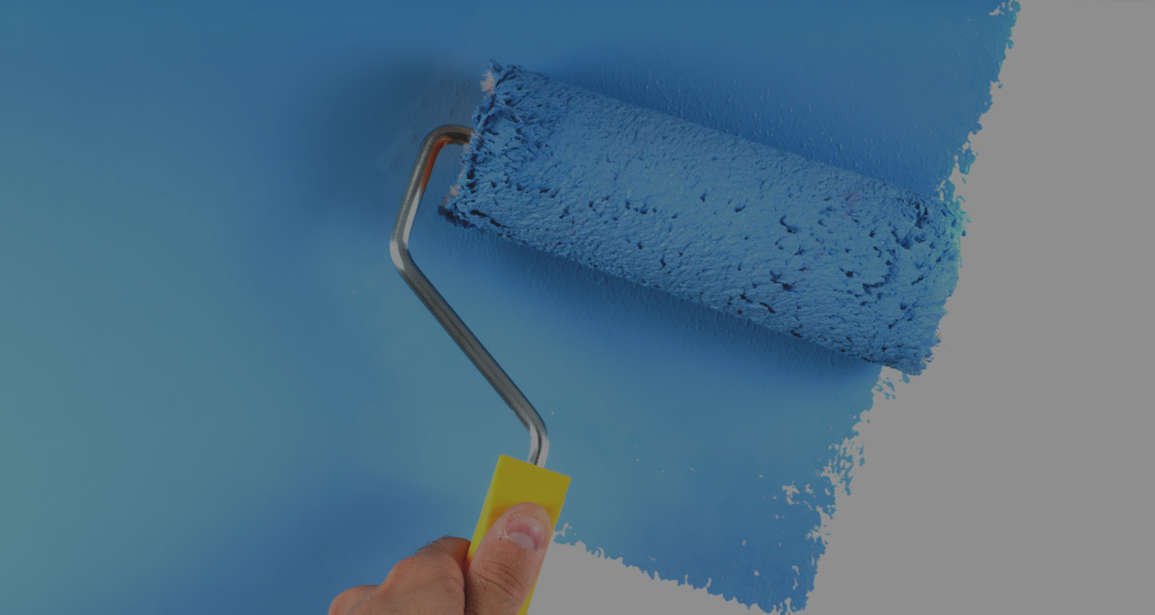Plastering is one of the oldest building techniques in existence, and although the composition of plaster has changed over the millennia, it’s still used today in Australia and around the world. Here is a brief history of plaster walls:
Early Origins
The earliest known use of plaster dates back to the 8th millennium BC in the fertile crescent. Some of the first cities to spring up in Mesopotamia used mud to plaster their wooden huts, which made them more durable and less permeable to insects, rodents, and bad weather. Over time, however, the materials used in plaster would improve to form long-lasting and durable plasters such as those found in the pyramids of ancient Egypt. The plaster used in ancient Egypt is quite similar to plaster used today, containing calcined gypsum that resembles today’s plaster of paris.
Antiquity
Mycenean Greek palaces used plaster consisting of fine white lime stucco, and it’s well known that during the classical period of the 5th century BC, ancient Greek temples and palaces widely used plaster both for exteriors and interiors.
In the Roman world, craftsmen used lime and sand as a base layer upon which they would add gypsum, lime, sand, and marble dust. This latter material would fall out of use (perhaps it was unknown) until later in the Renaissance. It’s also worth noting that Romans widely used hydraulic mortar, which they used in concrete but also as a quick-drying agent in their plaster repairs Melbourne.
Mediaeval Period
During late antiquity, techniques of stucco and plaster were widely diffused across the vast Roman Empire. After the decline and fall of the Roman Empire, plaster continued to be used in the Mediaeval world both for exterior and interior decorative purposes, with gypsum plaster reinforced by hair being the preferred technique. Other materials were added to the mix, including urine, beer, eggs, and milk. These gave the plaster a mouldability and plasticity for more fine use.
Modern Period
From the late Renaissance to today, plaster experienced a boom in popularity for not only functional purposes but also for decorative and artistic expression, followed by a decline towards the late 19th century. The Industrial Revolution brought about many materials and techniques that were far less time-intensive than plaster, and as such cheaper materials such as gypsum board came to be the preferred method of decorating interior walls.
Still today, gypsum board is the preferred material for most developers due to its low cost and ease of installation. The downside, however, is that gypsum board is of inferior quality to plaster. Furthermore, it doesn’t last as long as plaster walls. Some plaster walls from antiquity are still in great condition today, two thousand years later! Old plaster walls age well and provide ample comfort and durability to a home, so it only makes sense that plaster walls are seeing a resurgence in their popularity, despite the availability of cheap and flimsy materials such as drywall.
We Fix Walls
Plaster has stood the test of time and is a great building material to have in the home. Repairing or replacing plaster isn’t as straightforward as with gypsum board, however, and unskilled DIY projects can end up damaging your valuable investment. That’s why we recommend you contact We Fix Walls for your plaster wall repair or replacement needs. Our plaster experts can bring life to old plaster walls and keep them well maintained for decades to come.




